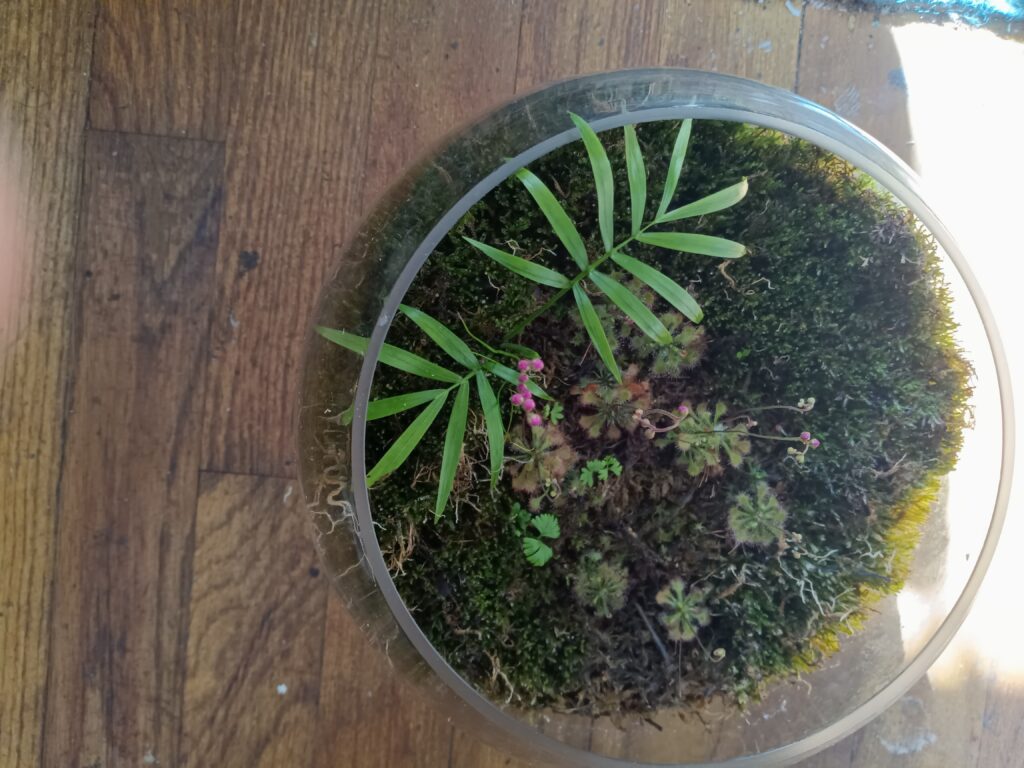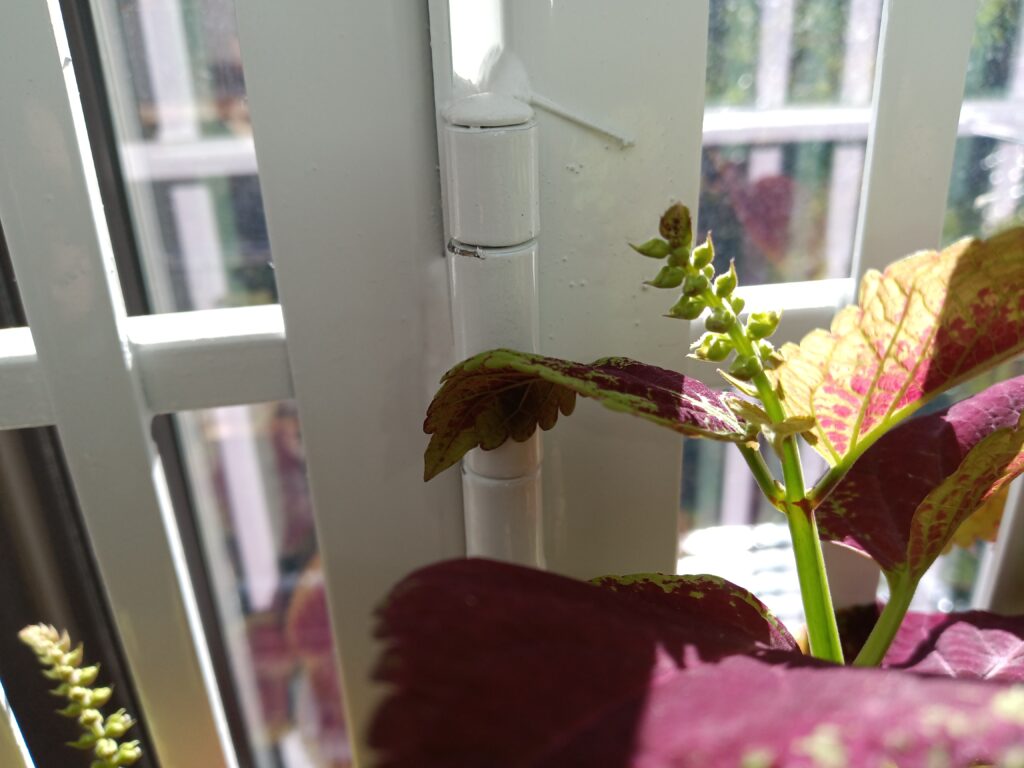Both temperature and humidity matters, in aiding the growth of plants in any environment. If they are big enough, like trees and bushes both big and small, they will adapt, not because they want to, but because they have to. All of the trees and bushes you see, eventually grew and adapted to the weather changes, and you see this in the city, suburbs, and the countryside.
In places where it snows heavily in winter months, or even has that chill in the air, those trees and bushes wil adapt. Those same trees and bushes will adapt, in extremely hot temperatures also. What may influence lots of their growth is the humidity as well, and much of their adaptation is due to getting rain every now and again. They’ll be in the sun all year, but rain only arrives in short instances; some more than others. When I say short instances, I don’t mean only raining once a month. Some places that might be true, but generally, you will see it rain several times monthly, for certain areas more than others. Seattle is a place known for being somewhat gloomy and rains a lot.
I’ll focus on humidity first, despite the order of the topics in the title. You’ll see why I did it this way, in a moment. I may alternate from time to time, so bear with me.
When looking at indoor plants, you need to keep both in mind, when looking for your plants to grow properly, you need to monitor the humidity. Humidity may be both good, and bad, for plants. I’ll tell you why this is.
Humidity is designated in three or four categories, depending on your applications. If you have pets and plants, you can use the designated labels often found on humidity gauges found in pet stores (see hacks), which are desert, moderate, and tropical. For most people, the humidity gauges found in hardware stores and other outlets, you have designations such as very dry, dry, normal, humid, and very humid. Clearly, you know the equivalents for each, but how the humidity affects you, may affect some of your plants in a similar fashion.
For some plants, unless they are labeled tropical plants, you won’t have too many problems in normal conditions, and they will grow, especially if the temperature is good. In your home, if you can walk around comfortably with little to nothing on, that may be an indication of how comfortable some plants can be also. This isn’t the case for all plants, because some can handle very dry humidity, such as succulents and cacti.
The humidity does affect the temperature, which is why we often see things like, “real feel” temperature, or we would see and/or hear, “but it feels like”, which I personally hate, but there’s a purpose behind it. It does vary, so don’t think that hot temperatures always has high humidity, or cold temperatures always has low humidity. It’s not always the case. Just look at some examples in the United States, with Arizona and Florida, where Arizona, and many areas similar, like some parts of Texas, Nevada, New Mexico, and so on, may have low humidity, but the temperature can reach high in the triple digits at times. This is often referred to as a, “dry heat“. Florida is different, where the humidity can be in very high amounts, along with the temperatures. This is most likely because of the build of that state, where it’s a peninsula, pretty much surrounded more by water. You can look at the Northern areas like the New England areas, and New York state for example, where in the winter months, you will have colder temperatures, but the humidity may not be as low as you would expect. Why? Well, cold weather and low humidity (dry air) seem to go hand-in-hand. That cold weather can still retain quite a bit of moisture, especially when nearest to bodies of water, and intensify precipitations, such as snowfall, and other kinds of storms.
This part is much harder to explain, since I’m mostly referencing conditions indoors with plants.
For my indoor plants, the temperature does matter, because in warmer weather, it can be dry, due to other factors, such as being several floors above ground level. Believe it or not, this can affect your home’s level of humidity. You may have to adjust it for personal comfort, and for the plants’ comfort. In some instances, you will need a humidifier, or something a bit more heavy duty, like an evaporative air cooler. This may be needed, especially if you are in an apartment, where the heating system can be a bit out of your control. I known this, and I experienced some plants drying up, because the heat was so much, it dried the plants out, and the soil it was in. It’s clear from that, the plants could not recover, no matter how hard I or my mother tried to recover them. This happened when me and my mom visited her brother overseas, for two weeks.
Temperature and humidity goes hand in hand, because it can make or break some plants. Some plants can be fickle, and want to be in a perfect setting, where the humidity isn’t too high nor too low, and the temperature is also not too hot nor too cold. I’ve experienced this with many plants, which is unfortunate, but it’s a learning experience like everything else.
If you have the plants in the right environments, open air, or closed, you’ll aid in their growth, along with other factors, such as lighting. All of this helps, but what’s more important, in these scenarios? Lighting? Mediums? Water? Temperature? Humidity? Actually, it’s all of the above, and it’s not the same for all plants either, as most of us that have plants already know this to be true. For this journal, temperature and humidity will matter more here, because it’s the topic of this discussion.


